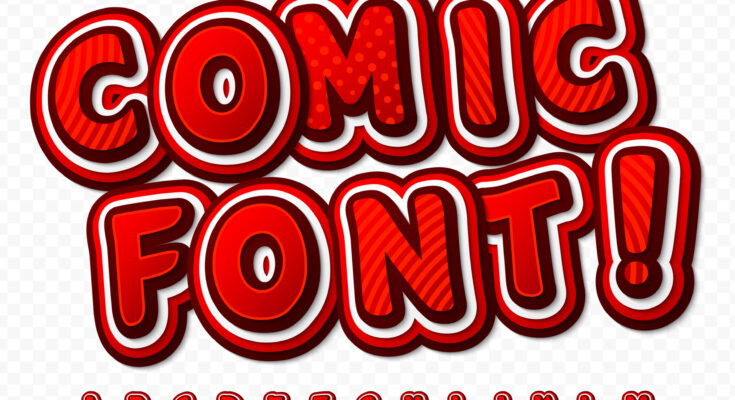Finding the right typeface to represent your brand is a critical part of building a solid brand identity. Yet, in a market with hundreds of thousands of options, making that choice can be decidedly overwhelming. We’ve assembled some tips and tricks to make your decision process easier
Know your Fonts
Let’s take a quick walk through the broader categories of fonts which are available. Once you hone in on a specific style that matches the mood and values of your brand, the decision will be easier.
Serif Fonts
Serif fonts have a serif, the extra strokes at the end of the letter forms. They’re a more traditional font style, rich in tradition, integrity, and honesty. They’re a good choice for brands with a serious vibe to convey. Furthermore, we can break them down into several other categories:
- Old School: With high contrast between thick and thin lines and wedge-like serifs, this is the most traditional type of serif font
- Transitional: Times New Roman is the most famous transitional serif font. They keep the thick/thin contrast, but look cleaner and open
- Slab: Here the serifs are thick and blocky, like in Courier
- Didone: Sometimes called ‘modern’ serifs, these have a sense of elegance and luxury.
Sans-Serif Fonts
You guessed it! These fonts have no serifs, giving a minimalist and modern look that’s easy to read. They’re orderly and clean. Some sans-serif types include:
Grotesque: No stroke variation and very uniform
Neo-grotesque: Neutral and simple, they are built with the fewest strokes possible, as in Arial. They can be fuller and softer.
Geometric: Notable geometric structure makes these weighty but modern.
Humanist: We see some stroke variation, loose letter spacing, and a broader font type here. Very easy on the eye.
Script
Script fonts seek to echo calligraphy, or just the broader styles of human handwriting. They can be classic and contemporary, or casual and playful. Fancy fonts simply stray from the overall script look into a more logo-like or movie-like atmosphere.
Choosing a Font
Now you know more about font types, you probably already have a category in mind. Let’s pair it to your brand now.
Start with a clear understanding of your brand personality. What values do you bring to the table? What image do you want to build in the client’s imagination? Someone selling a brand full of whimsical playfulness will have different font needs to an authoritative legal practice. Next, compare it to competitor’s existing typefaces and other brands in a similar category to yours.
The font you choose needs to be versatile, too. You will need it to speak as powerfully on a web page as it will on a massive billboard. If you lean to quirky or more florid typefaces, make sure it is easily legible at any size.
Also, consider your font pairings. You won’t be using your brand or logo font throughout all typed media. What are you choosing for headers and body text? When you narrow down your final font choices, make sure they work well in the typographic hierarchy with other fonts you will be using to communicate. Programs like Adobe After Effects can help you with logo mock-ups and other layouts swiftly and efficiently.
We strongly advise trying out three potential fonts. Create a variety of mock-ups with them and your body fonts in play. See how they feel together, and even consider swapping them around to test different combinations. Get feedback from existing clients, staff, and even friends and family. It’s a good idea to make this test audience similar to your brand audience, too. What speaks to older people may not be suitable for a youth audience, for example.
Choosing the right brand font needn’t be difficult, if you bear these considerations in mind and match it well with your brand identity.
